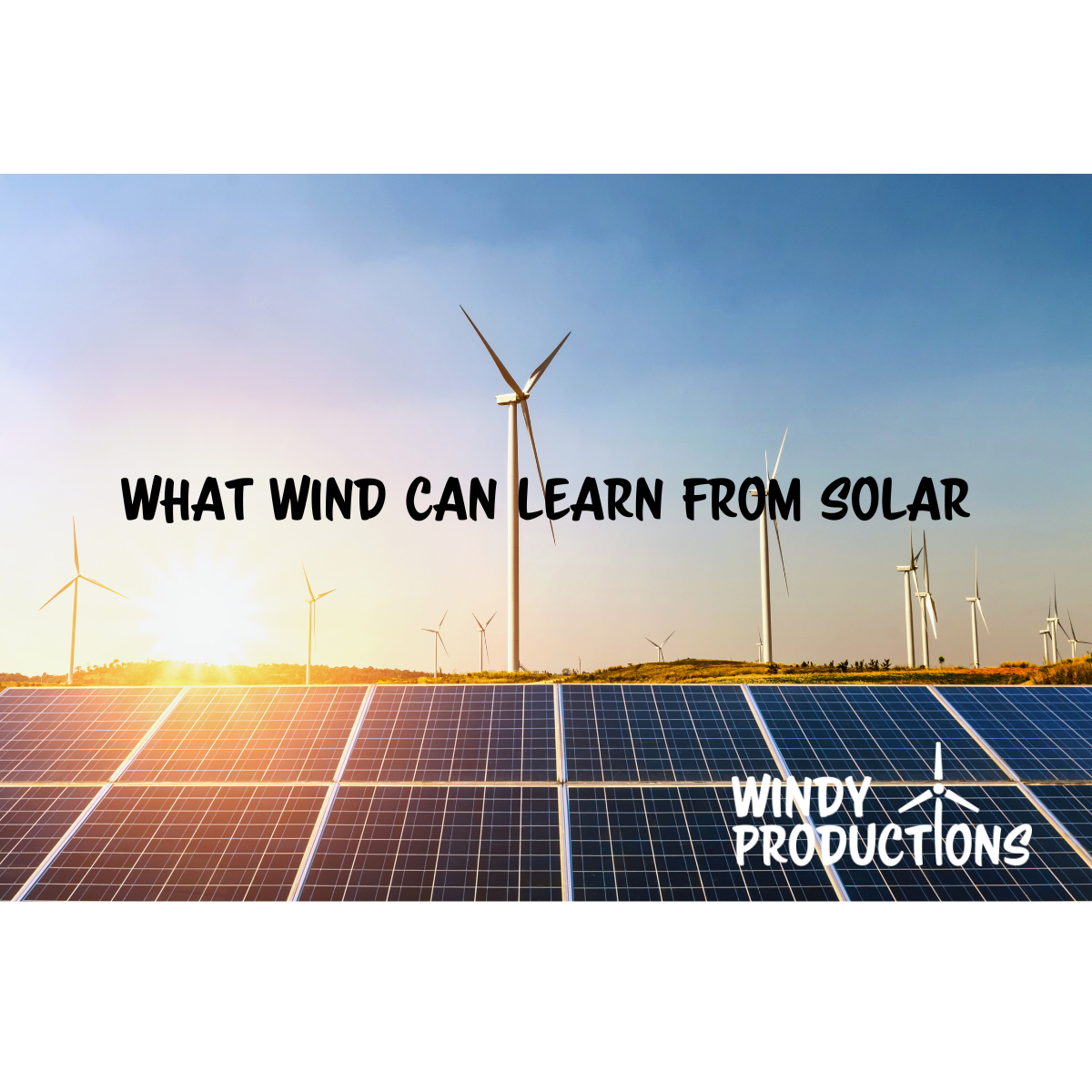Last week saw the return of storage and solar live to Birmingham. The market continues to be buoyant with most companies experiencing growth and high demand for services and skilled staff. For those in attendance they have their pick of car chargers, PV panels and battery providers, providing they are comfortable buying Chinese. British EPCs, IPCs and systems integrators are in high demand with the bottleneck for most projects being the connection agreement with the grid operator. Not solely a British challenge but one that will continue to constipate the industry for the foreseeable.
In my capacity as a DEIF representative I am there to seek out projects and partners looking to address controller issues with grid compliance, renewable generation integration and long lead times. Given the size of the parties involved in a BESS development and the stubborn nature of the grid an agile company like DEIF, being technology agnostic, can be a tremendous salve. The show passes quickly like the view from the train and as I sit and mull over the day I get a tremendous sense of déjà vu.
What strikes me as most concerning about the BESS and PV industry is the dominance of Chinese players. You see, I didn’t always work in wind, I started in solar. Those who worked in solar in the UK from 2010 to 2013 would be all too familiar with its rise and fall. At the height of the government subsidized feed in tariff in the UK (43.3p/kWh) European manufacturers such as BP Solar (I know right!), Bosch and Schott produced high quality products at appropriate prices €1-1.50/W. Great warranties, straight lines along the cells and busbars, high quality 50mm frames and great degradation performance. Everyone was making money whilst the government took a punt on putting power in the hands of the consumer.
However as the UK and Europe started to slash its subsidies for residential solar, cost pressures increased and the OEMs couldn’t keep up. Systems were no longer sold on quality but on cost and the Chinese OEMs, through governmental subsidized manufacture, were able to price dump their panels at € 0.50/W. The EU brought in anti-dumping legislation to protect EU manufacture by adding customs duties on imported PV panels but the damage was done. Bosch, Schott and BP all closed within a year. Only Canadian Solar, Sunpower and First Solar managed to cling on through US tax credits and a strong domestic market.
Sound familiar? As news that Siemens Gamesa are closing wind turbine factories and sales offices following cost pressures manifesting in quality issues you can be excused for being concerned. Chinese manufacture for most is a byword for poor quality at a cheap price, but when the price tag of Western WTGs isn’t backed with quality where can you go? Both the SGRE G5X and the GE Cypress platform in the 5MW+ onshore category have been tainted with quality issues. Nordex Acciona and Vestas seem to be rallying with recovering order books and Enercon, well. Enercon are still kicking.
At least there’s still offshore? Right? This week Mingyang have announced that they will be launching a 22MW at 310m in height. In the unsustainable quest for bigger turbines SGRE, GE and Vestas can be excused for checking their size and declining to show. Wind, while still vulnerable to government induced turbulence is now one of the cheapest forms of energy, so now we are only competing against ourselves and the baseline.
As the old saying goes, those who do not study history are doomed to repeat it. So has the EU learned its lesson on both the importance of supporting manufacturing and ensuring energy security? Are Siemens too big to fail? Has anyone heard from Enercon?






Leave a comment